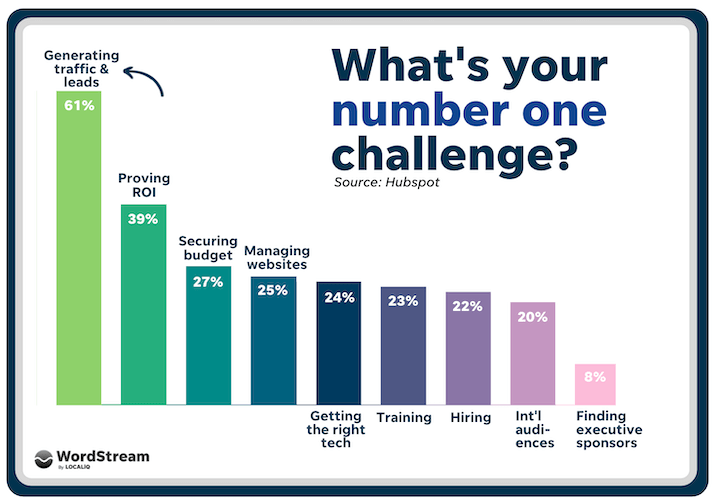8 Best High-Fiber Low-Carb Foods For Your Blood Sugar
Outline of the Article 8 Best High-Fiber/Low-Carb Foods For Your Blood Sugar Maintaining stable blood sugar levels is essential for overall health, particularly for individuals with diabetes or those at risk of developing the condition. Incorporating high-fiber, low-carb foods into your diet can be a powerful way to help manage blood sugar levels effectively. Let’s … 8 Best High-Fiber Low-Carb Foods For Your Blood Sugar Read More »

Outline of the Article
- Introduction to High-Fiber/Low-Carb Foods
- Defining high-fiber and low-carb foods.
- Importance for managing blood sugar levels.
- Benefits of High-Fiber/Low-Carb Foods for Blood Sugar
- Lowering blood sugar spikes.
- Improving insulin sensitivity.
- Supporting weight management.
- Criteria for Selection
- Fiber content.
- Carb content.
- Glycemic index/load.
- Best High-Fiber/Low-Carb Foods
- Avocado
- Chia seeds
- Broccoli
- Flaxseeds
- Brussels sprouts
- Berries
- Almonds
- Leafy greens
- Nutritional Benefits of Each Food
- Explanation of nutrients and their impact on blood sugar.
- How to Incorporate These Foods Into Your Diet
- Recipe ideas.
- Meal planning tips.
- Considerations for Diabetics
- Monitoring portion sizes.
- Consulting a healthcare professional.
- Conclusion
- Recap of benefits.
- Encouragement for incorporating these foods into diet.
- FAQs
- Can high-fiber/low-carb foods alone control blood sugar?
- Are there any risks associated with consuming these foods?
- Can I still enjoy some high-carb foods occasionally?
- How quickly can I expect to see results from incorporating these foods?
- Are there any supplements that can mimic the effects of these foods?
8 Best High-Fiber/Low-Carb Foods For Your Blood Sugar
Maintaining stable blood sugar levels is essential for overall health, particularly for individuals with diabetes or those at risk of developing the condition. Incorporating high-fiber, low-carb foods into your diet can be a powerful way to help manage blood sugar levels effectively. Let’s explore eight of the best options for promoting stable blood sugar.

- Avocado
Avocado is a nutrient-dense fruit renowned for its healthy fats, fiber, and low carbohydrate content. It contains monounsaturated fats, which have been shown to improve insulin sensitivity, making it an excellent choice for stabilizing blood sugar levels. Additionally, avocados are rich in fiber, with approximately 9 grams per serving, aiding digestion and promoting satiety.
2. Chia Seeds
Chia seeds are tiny powerhouses packed with fiber, protein, and essential nutrients. Despite their small size, they swell when mixed with liquids, forming a gel-like consistency that slows down the digestion process. This helps prevent spikes in blood sugar levels and promotes sustained energy throughout the day. Just two tablespoons of chia seeds provide a whopping 10 grams of fiber and only a minimal amount of carbohydrates.

- Broccoli
Broccoli is a cruciferous vegetable known for its numerous health benefits, including its ability to regulate blood sugar levels. It’s low in carbohydrates and calories but high in fiber, vitamins, and minerals. The fiber content in broccoli aids in digestion and helps slow down the absorption of sugar into the bloodstream, promoting stable blood sugar levels.
4. Flaxseeds
Flaxseeds are a rich source of both soluble and insoluble fiber, making them a valuable addition to a blood sugar-friendly diet. The soluble fiber in flaxseeds forms a gel-like substance in the digestive tract, which slows down the emptying of the stomach and helps regulate blood sugar levels. Additionally, flaxseeds are high in omega-3 fatty acids, which have been linked to improved insulin sensitivity.
- Brussels Sprouts
Brussels sprouts are not only delicious but also incredibly nutritious, especially for those concerned about blood sugar management. These cruciferous vegetables are low in carbohydrates and packed with fiber, vitamins, and antioxidants. The fiber in Brussels sprouts slows down the absorption of sugar in the bloodstream, preventing rapid spikes and crashes in blood sugar levels.
- Berries
Berries such as strawberries, blueberries, and raspberries are not only flavorful but also low in carbohydrates and high in fiber and antioxidants. The fiber content in berries helps slow down the release of sugar into the bloodstream, preventing sudden spikes in blood sugar levels. Additionally, the antioxidants in berries have been shown to improve insulin sensitivity and reduce inflammation.
7. Almonds
Almonds are a satisfying and nutritious snack option for individuals looking to manage their blood sugar levels effectively. They are rich in healthy fats, protein, and fiber, which help promote feelings of fullness and prevent overeating. The fiber in almonds slows down the digestion of carbohydrates, leading to a gradual release of sugar into the bloodstream and preventing sharp spikes in blood sugar levels.

- Leafy Greens
Leafy greens such as spinach, kale, and Swiss chard are excellent choices for individuals seeking to stabilize their blood sugar levels. They are low in carbohydrates and calories but rich in fiber, vitamins, and minerals. The fiber content in leafy greens aids in digestion and helps regulate blood sugar levels by slowing down the absorption of sugar into the bloodstream.
Nutritional Benefits of Each Food
Each of these high-fiber, low-carb foods offers unique nutritional benefits that contribute to stable blood sugar levels and overall health. Avocado provides healthy fats and fiber, chia seeds offer omega-3 fatty acids and protein, broccoli supplies essential vitamins and minerals, and flaxseeds provide both soluble and insoluble fiber. Brussels sprouts and berries are rich in antioxidants, while almonds offer protein and healthy fats. Leafy greens round out the list with their abundance of vitamins and minerals.
How to Incorporate These Foods Into Your Diet
Incorporating these high-fiber, low-carb foods into your diet can be simple and delicious. Try adding avocado slices to salads or using them as a creamy spread on toast. Sprinkle chia seeds over yogurt or blend them into smoothies for a nutritional boost. Enjoy broccoli steamed or roasted as a side dish, and add flaxseeds to baked goods or oatmeal for extra fiber. Experiment with Brussels sprouts in stir-fries or salads and snack on a handful of almonds for a satisfying crunch. Finally, incorporate leafy greens into salads, soups, or smoothies for a nutrient-packed meal.
Considerations for Diabetics
While incorporating high-fiber, low-carb foods into your diet can be beneficial for managing blood sugar levels, it’s essential to monitor portion sizes and consult with a healthcare professional, especially if you have diabetes or other health concerns. Pay attention to your body’s response to these foods and adjust your intake accordingly. Additionally, remember to maintain a balanced diet that includes a variety of nutrient-rich foods to support overall health and well-being.
Conclusion
Incorporating high-fiber, low-carb foods into your diet can be a simple yet effective way to help manage blood sugar levels and promote overall health. By including nutrient-dense options such as avocado, chia seeds, broccoli, and leafy greens, you can enjoy delicious meals while supporting your body’s needs. Remember to consult with a healthcare professional for
Published by May Healthy Lifestyle
What's Your Reaction?






















![Canva Tutorial For Beginners | How to Use Canva Like PRO [FREE] | Canva Full Course](https://img.youtube.com/vi/yWJp7gQqCQ8/maxresdefault.jpg)
